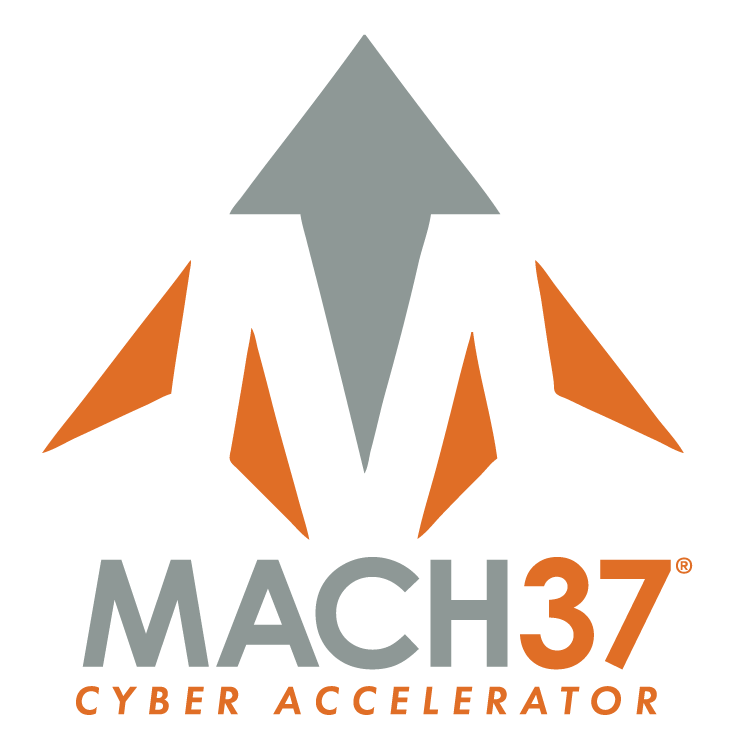As our reliance on technology grows, so does the need for robust cybersecurity measures. Penetration testing—simulating cyberattacks to identify vulnerabilities before malicious actors can exploit them—has become a critical component of securing systems across industries. The demand for this essential service is skyrocketing, driven by regulatory requirements, the rise of IoT devices, and the evolving sophistication of cyber threats.
Penetration testing isn’t just best practice—it’s often mandated. Regulations like NIST SP 800-53, PCI DSS, and the IoT Cybersecurity Improvement Act require organizations to regularly test their systems to ensure compliance and safety. These tests are no longer optional in sectors such as healthcare, finance, and industrial automation, where even a single vulnerability can lead to catastrophic consequences.
Moreover, the increasing adoption of IoT devices has expanded the attack surface for bad actors. From smart home devices to industrial sensors, IoT systems often lack sufficient security measures, making penetration testing a vital step in protecting these endpoints.
Challenges in Meeting the Demand
Despite the growing need, the cybersecurity industry faces a significant talent shortage. Penetration testers require a unique blend of technical expertise, creativity, and a deep understanding of systems—a skill set that is both hard to find and time-consuming to develop. This shortage means many organizations struggle to keep up with the demand for frequent, high-quality penetration testing.
In addition, traditional penetration testing methods are time-intensive and resource-heavy. From reconnaissance to reporting, testers often find themselves bogged down in repetitive tasks. These tasks, such as researching vulnerabilities, writing code for custom exploits, and compiling detailed reports, are essential but often the least enjoyable aspects of the job for penetration testers. Many in the field have a strong affinity for the more hands-on, exploratory phases of testing, like live exploitation and vulnerability discovery.
How AI is Transforming Penetration Testing
To bridge this gap, AI-driven tools are stepping in to enhance the effectiveness and efficiency of penetration testers. These tools excel at automating repetitive and time-consuming tasks, particularly in the researching, coding, and reporting phases of penetration testing. For example:
Researching: AI can quickly sift through vast amounts of information, identifying relevant vulnerabilities, attack vectors, and mitigation techniques.
Coding: By generating scripts or snippets for common tasks, AI accelerates exploit development and troubleshooting.
Reporting: AI streamlines documentation, helping testers create detailed, professional reports in a fraction of the time.
These tasks—researching, coding, and report writing—align perfectly with areas where large language models (LLMs) have demonstrated exceptional proficiency. LLMs can quickly process and analyze vast amounts of technical information, generate accurate and context-aware code snippets, and produce well-structured, professional reports. Their ability to understand complex instructions and provide actionable outputs makes them uniquely suited to streamline these phases of penetration testing. By reducing the burden of these less-preferred and very time-consuming tasks, AI allows penetration testers to focus on the parts of their work they enjoy most—like creative problem-solving and hands-on vulnerability exploration. This not only boosts productivity but also improves job satisfaction for professionals in the field.
Current solutions like ChatGPT fall short of meeting the needs of security professionals in penetration testing. These AIs are not designed to assist with simulating cyberattacks, as they are intentionally restricted from providing guidance on activities that could be used maliciously. This limitation prevents penetration testers from leveraging them for critical tasks like exploit development or vulnerability exploitation, which are essential to identifying and addressing security weaknesses. Furthermore, as cloud-based services, these tools require users to share sensitive data with the hosting company, raising significant concerns about privacy and compliance. For industries handling confidential information, this lack of control over data makes existing solutions unsuitable for real-world security applications.
Looking Ahead
As cyber threats continue to evolve, so does the need for effective and efficient penetration testing. Addressing this challenge requires not just skilled professionals but also advanced tools that enhance their capabilities. AI-driven solutions are transforming the landscape by streamlining time-consuming tasks, improving accuracy, and increasing accessibility, ensuring penetration testing can keep pace with emerging threats. At my company—Triarii AI—our mission is to lead this transformation and empower security professionals with the AI solutions they need to protect the digital world.
Since digital infrastructure underpins much of the global economy, tools that enhance penetration testing capabilities will be essential to safeguarding critical systems. Embracing AI-driven advancements is key to meeting the growing demand for security and ensuring a safer digital landscape.
By Sean Smith, Founder of Triarii AI
